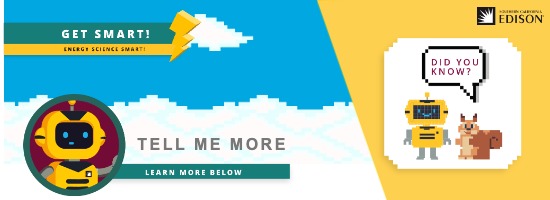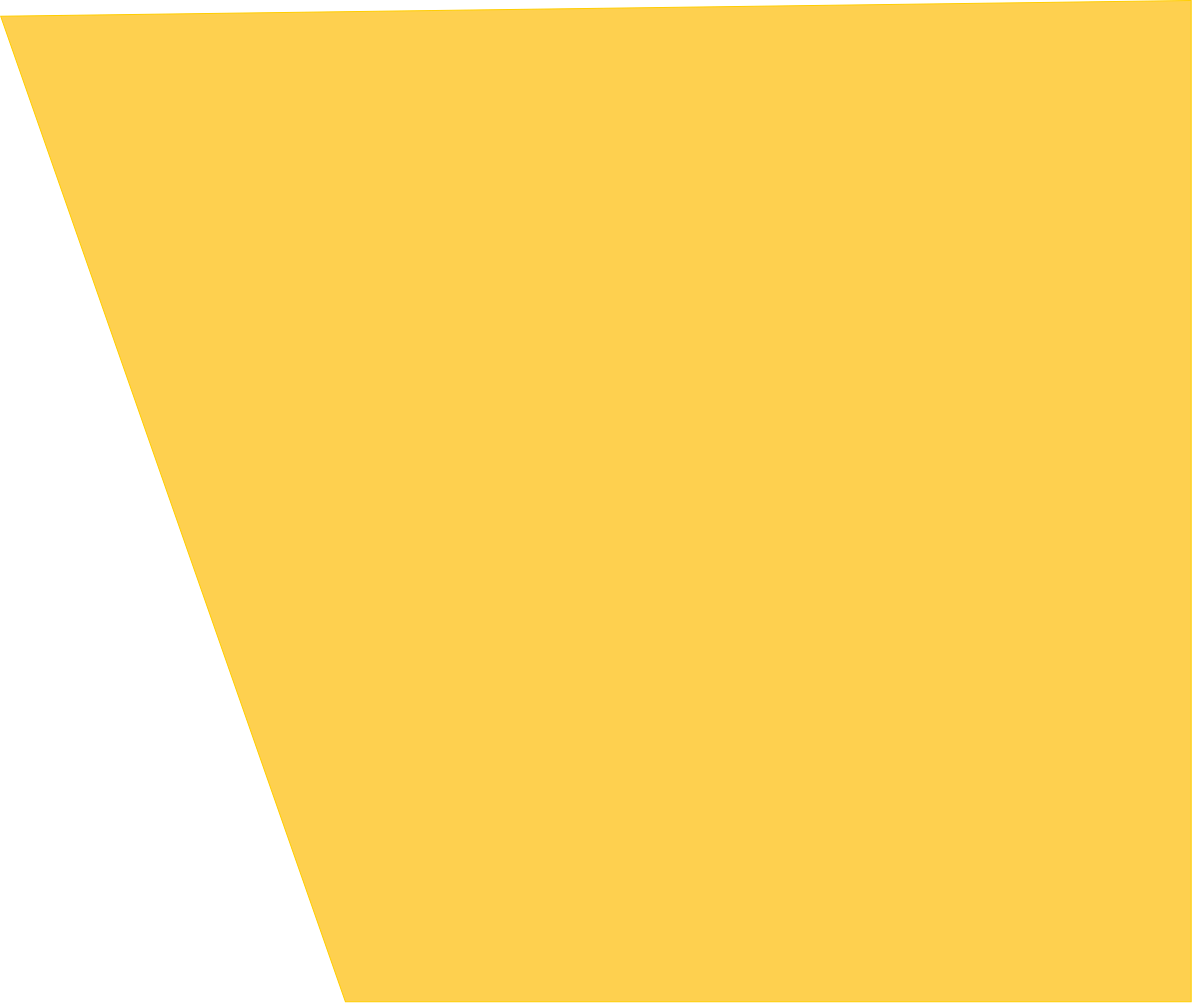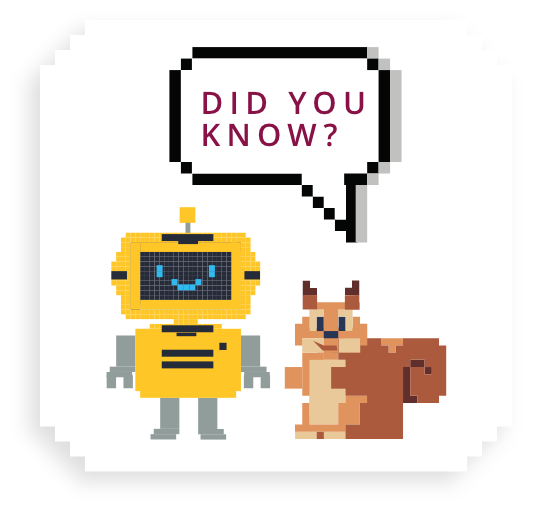Electricity Generation and Distribution
 What Is Electricity?
What Is Electricity?
Electricity is a form of energy that starts with atoms. Atoms are too small to see, but they make up everything around us. All atoms are composed of subatomic particles, among which are the charged particles known as electrons and protons. Protons, which are found in the nucleus of an atom, carry a positive charge (+). Electrons, which spin around the center of an atom, carry a negative charge (-). Neutrons also exist in the nucleus of a typical atom and are uncharged.
Electricity is a form of energy that is associated with the buildup and movement of electrons and protons. Electricity can be created by forcing electrons to flow from atom to atom. The force or push of electricity is measured in volts. Electrical systems of most homes and offices have 120 volts.

How Electricity Is Generated
Most electricity in the U.S. is generated using coal, oil, natural gas, nuclear energy, or hydropower. Some production is done with alternative fuels like geothermal energy, wind power, biomass, solar energy, or fuel cells.
A majority of the electricity is produced at power plants with the use of steam turbines. Mechanical energy is changed into electrical energy by using various energy sources such as coal, natural gas, and oil. These fuels heat water in a boiler to produce steam. The steam, under tremendous pressure, is used to turn a series of blades mounted on a shaft turbine. The force of the steam rotates a shaft that is connected to a generator. The spinning turbine shafts turn electromagnets that are surrounded by heavy coils of copper wire inside generators. This creates a magnetic field, which causes the electrons in the copper wire to move from atom to atom, creating electricity.
The voltage produced by a generator depends upon the number of turns in its coils, the strength of the magnet, and the rate at which the magnet turns. The more turns in the coils, the more voltage is produced.
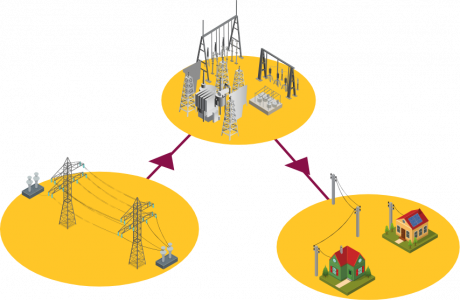
How Electricity Is Distributed
Power plants do not store electricity, so it is constantly being made and then distributed. Utility companies have to anticipate demand for electricity and distribute it to consumers.
Electricity can be distributed most efficiently at very high voltage. Transformers are used to “step up” or “step down” the voltage along the system of power lines that carry electricity to consumers.
First, the voltage of the electricity produced by a generator in the power plant is “stepped up” when it travels through a secondary coil of a transformer that has far more turns of wire than the primary coil. Each charge that passes through that coil then has more energy than the charges in the primary coil. The current therefore has an enormous voltage when it leaves the secondary coil and then travels through the system of cables and wires from the power plant into the transmission grid.
These transmission lines carry the electricity across long distances to substations. A substation has transformers that “step down” the high-voltage electricity into lower voltage electricity. At a substation, the current passes through a transformer with a secondary coil that has fewer turns of wire, which reduces it to only a medium-high voltage.
From the substation, distribution lines carry the electricity to other transformers on utility poles or on the ground that reduce the voltage so it can be used in homes, offices, stores, and factories. A cable then carries the electricity from the distribution wires to the house through a meter box. The meter measures how much electricity the people in the house use.
From the meter box, wires run through the walls to outlets and lights. The electricity is always waiting in the wires to be used. The amount of electricity in the lines must be kept at a constant electrical pressure to provide enough power for the appliances and equipment that will use it. A second set of wires carries the current back to the generator in the power plant. These return wires are necessary because electric current must travel in a loop, or a closed circuit.
Alternative Energy Sources
Alternative energy sources are resources that are constantly replaced and are usually less polluting. They are not the result of the burning of fossil fuels or splitting of atoms. The use of renewable energy is contributing to our energy supply. Some alternative energy sources are: biomass, geothermal, hydroelectric, solar, wind power, fuel cells, ocean thermal energy conversion, tidal energy, and wave energy.
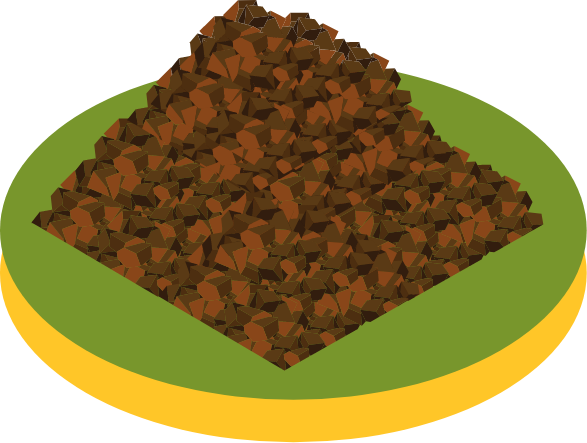 Biomass
Biomass
Biomass is renewable energy that is produced from organic matter. Biomass fuels include wood and forest and mill residues, animal waste, grains, agricultural crops, and aquatic plants. These materials are used as fuel to heat water for steam or processed into liquids and gases, which can be burned to do the same thing. With more use of biomass at lower production costs and with better technology, the United States could generate as much as 4.5 times more biopower by 2020. It is estimated that biomass will have the largest increase among renewable energy sources, rising by 80 percent and reaching 65.7 billion kWh in 2020.
 Geothermal Energy
Geothermal Energy
Geothermal energy uses heat from within the earth. Wells are drilled into geothermal reservoirs to bring the hot water or steam to the surface. The steam then drives a turbine-generator to generate electricity in geothermal plants. In some places this heat is used directly to heat homes and greenhouses, or to provide process heat for businesses or industries. The United States leads the world in electricity generation with geothermal power. Most geothermal resources are concentrated in the western part of the United States. With technological improvements much more power could be generated from hydrothermal resources. Scientists have been experimenting by pumping water into the hot dry rock that is 3-6 miles everywhere below the earth’s surface for use in geothermal power plants.
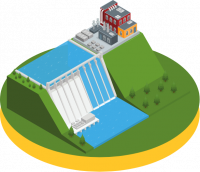 Hydroelectric
Hydroelectric
Hydroelectric (hydropower) energy employees the force of falling or moving water to drive turbine generators to produce electricity. Hydropower is the largest renewable electricity source in the world, accounting for about 92 percent of all the renewable energy produced across the planet. It accounts for 6 percent of all the electricity generated in the United States and 76 percent of all the renewable electricity produced in the United States.
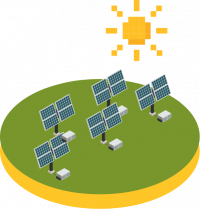 Solar Power
Solar Power
Solar power is generated when special panels of solar cells, or modules, capture sunlight and convert it directly into electricity. The electricity produced by solar panels can be used right away, fed into the power grid for others to use, or stored in a battery so it is also available on cloudy days. Solar thin films are light-absorbing materials that are rolled, sprayed, or painted onto rooftops and other surfaces. Thermal solar power uses mirrors or panels containing tiny tubes filled with water that absorb heat from the sun. On rooftops, they can supply hot water for individual buildings. Concentrated solar power can also be used to create steam that spins turbines at electric power plants. Solar power currently provides less than 1 percent of the electricity generated in the United States; however, solar power could provide up to 15 percent of new U.S. peak electric capacity that is expected to be needed by 2020.
 Wind Energy
Wind Energy
Wind energy can be used to produce electricity. As wind passes through the blades of a windmill, the blades spin. The shaft that is attached to the blades turns and powers a pump or turns a generator to produce electricity. Electricity is then stored in batteries. The speed of the wind and the size of the blades determine how much energy can be produced. Wind energy is more efficient in windier parts of the country. Most wind power is produced from wind farms—large groups of turbines located in consistently windy locations. Wind, used as a fuel, is free and non-polluting and produces no emissions or chemical wastes. Wind power generates about 2 percent of all electricity used in the United States. This is equal to the amount of electricity used by about 8.7 million households in a year.
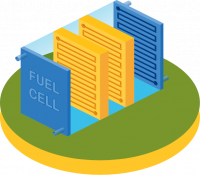 Fuel Cells
Fuel Cells
Fuel cells are electrochemical devices that produce electricity through a chemical reaction. Fuel cells are rechargeable, contain no moving parts, are clean, and produce no noise. Scientists are exploring ways that they could be used as a power source for nearly exhaust-free automobiles and how they can be used as electricity-generating plants. The high cost of manufacturing fuel cells has prevented the mass use of this valuable energy source.
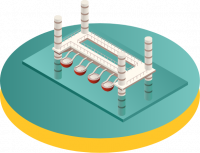 Ocean Sources
Ocean Sources
Oceans, which cover more than 70 percent of the earth, contain both thermal energy from the sun’s heat and mechanical energy from the tides and waves.
Ocean thermal energy conversion (OTEC) converts solar radiation to electric power. OTEC power plants use the difference in temperature between warm surface waters heated by the sun and colder waters found at ocean depths to generate electricity.
The power of tides can be harnessed to produce electricity. Tidal energy works from the power of changing tides but it needs large tidal differences. The tidal process utilizes the natural motion of the tides to fill reservoirs, which are then slowly discharged through electricity-producing turbines.
Wave energy conversion extracts energy from surface waves, from pressure fluctuations below the water surface, or from the full wave. Wave energy uses the interaction of winds with the ocean surface. This technology is still in the exploratory phases in the United States.
Energy Statistics
U.S. Energy Information Administration (www.eia.doe.gov)
Electric Vehicles

Electric vehicles (EVs) include cars, trucks, vans, buses, trolleys, light-rail, subways, and bicycles. All EVs have an electric motor that turns the wheels and a lead acid, nickel cadmium, or nickel metal hydride battery to run the motor. Most EVs employ regenerative braking, which allows some of the kinetic energy to be stored in the vehicle while decelerating. To accomplish this, the motor is operated as a generator, providing braking torque to the wheels and recharging the traction batteries. This energy can then be used for propulsion or to power vehicle accessories. Hybrid electric vehicles (HEVs) have batteries to provide electric power, plus a small internal combustion engine usually powered by gasoline of diesel. The batteries get recharged from the gasoline or diesel engine, which shuts down completely at stoplights. While braking, kinetic energy is converted into electricity and then stored in the battery.
Hybrid electric vehicles (HEVs) have batteries to provide electric power, plus a small internal combustion engine usually powered by gasoline of diesel. The batteries get recharged from the gasoline or diesel engine, which shuts down completely at stoplights. While braking, kinetic energy is converted into electricity and then stored in the battery.
Electric Industry Careers

Electric power generating plant operators
Control or operate machinery, such as stream-driven turbine generators, to generate electric power, often through the use of control boards or semi-automatic equipment. Electric power plant operators control and monitor boilers, turbines, generators, and auxiliary equipment in power generating plants. Operators distribute power demands among generators, combine the current from several generators, and monitor instruments to maintain voltage and regulate electricity flows from the plant. When power requirements change, these workers start or stop generators and connect or disconnect them from circuits. They may use computers to keep records of switching operations and loads on generators, lines, and transformers. Operators may also use computers to prepare reports of unusual incidents, malfunctioning equipment, or maintenance performed during their shift.
Power distributors and dispatchers
Coordinate, regulate, or distribute electricity or steam in generating stations, over transmission lines to substations, and over electric power lines. Also called load dispatchers or systems operators, these workers control the flow of electricity through transmission lines to industrial plants and substations that supply residential electric needs. They operate current converters, voltage transformers, and circuit breakers. Dispatchers monitor equipment and record readings at a pilot board, which is a map of the transmission grid system showing the status of transmission circuits and connections with substations and industrial plants.
Line installers and repairers
Install and repair cables or wires used in electrical power or distribution systems. They install insulators, wooden poles, and light or heavy-duty transmission towers. Blue-collar worker supervisors directly supervise and coordinate the activities of production workers. These supervisors ensure that workers, equipment, and materials are used and maintained properly and efficiently to maximize productivity.
Industrial machinery repairers
Install, repair, and maintain machinery in power generating stations, gas plants, and water treatment plants. They repair and maintain the mechanical components of generators, waterwheels, water-inlet controls, and piping in generating stations; steam boilers, condensers, pumps, compressors, and similar equipment in gas manufacturing plants; and equipment used to process and distribute water for public and industrial uses.
Maintenance mechanics
Perform work involving a variety of maintenance skills to keep machines, mechanical equipment, and the structure of an establishment in repair. They are generally found in small establishments, and their duties may involve pipefitting, boilermaking, electrical work, carpentry, welding, and installing new equipment.
Administrative support occupations
Account for about one-fifth of the jobs in the utilities industry. These occupations include customer service representatives, general office clerks, meter readers, and financial records processing occupations.
Customer service representatives
Interview applicants for water, gas, and electric service. They talk with customers by phone or in person and receive orders for installation, turn-on, discontinuance, or change in service.
General office clerks
May do bookkeeping, typing, stenography, office machine operation, and filing.
Meter readers
Read electric, gas, water, or steam consumption meters visually or remotely using radio transmitters and record the volume used by residential and industrial customers.
Financial records processors
Billing, cost, and rate clerks, compile data, compute fees and charges, and prepare invoices for billing purposes, in addition to the routine calculating, posting, and verifying duties necessary to keep financial records complete.
Operator, fabricator, and laborer occupations
Include helpers, the entry-level occupation in almost all utilities occupations tied to production activities. Other helpers include refuse collectors, who collect and dump refuse from containers into a truck. Material moving equipment operators distribute refuse around landfills and ensure that the refuse is covered by the necessary amount of soil or cover each day. Truck drivers operate refuse collection trucks that are either self-loading or loaded by refuse collectors.
Executives, managers, and administrators
Plan, organize, direct, and coordinate management activities. They are often responsible for maintaining an adequate supply of electricity, gas, water, steam, or sanitation service.
Professional specialty occupations
Include engineers and computer systems analysts, engineers, and scientists.
Engineers
Develop technologies that allow, for example, utilities to produce and transmit gas and electricity more efficiently and water more cleanly. They may also develop improved methods of landfill or wastewater treatment operations in order to maintain compliance with government regulations. Electrical and mechanical engineers design electric power distribution systems and power plants.
Computer systems analysts, engineers, and scientists
Develop computer systems to automate utility processes, provide plant simulators for operator training, and improve operator decision making.
Technicians
Account for only a small proportion of total employment in this industry. Technician occupations include engineering and science technicians who assist engineers in research activities and may conduct some research independently.
Source: U.S. Department of Labor Occupational Outlook Handbook
Ideas for Further Research

- Do some research to find an example of someone who survived an electric shock from a power line or an electric appliance. How did the incident happen? How could it have been prevented?
- Research efforts around the country to protect various forms of wildlife from electric power lines.
- Learn about AC and DC current. Why is AC current so much more dangerous to contact?
- Find out how utility line workers protect themselves when working around power lines. What type of clothing, vehicles, and equipment do they use? What type of training do they receive?
- Find some stories about people who have been injured or killed by mixing water and electricity. Examples: stepping in a puddle with a fallen power line in it, or using a hair dryer in the bathtub and dropping it in the water. Why were these actions so dangerous? What lessons can be learned?
- What are some things you can do around your home to make it safer regarding water and electricity? Report to the class about a safety measure that you have taken at home.
- Interview an electrician. What kind of training is required? What kind of licensing? Has she or he ever been shocked? How?
- Has anyone in your community been struck by lightning? What were the circumstances? How was the person affected? How could the strike have been prevented?

